The 6 Best WordPress Alternatives Available Today
When it comes to building a website, WordPress is the undisputed leader. No matter the online endeavour: from small personal portfolios to enterprise-level business and eCommerce sites, people have used WordPres to build their websites. WordPress has a large community of devotees and users. On top of that, WordPress also has a huge list of developers who keep coming up with a lot of new plugins to expand this already extensive website builder’s capabilities. However, WordPress isn’t the only website builder in the market today. There are a lot of good WordPress alternatives for you to consider.
In this post, we’ll compare the six best and popular alternatives to WordPress available today. These alternatives include general website building tools, content management systems, website management platforms and e-commerce platforms. In short, systems that can all be used by relatively inexperienced users as tools for building new websites. In this post, we will cover the basic features of all those WordPress alternatives, mention their pros and cons and see how they compare with WordPress in certain categories. Knowing the full range of what’s available will not only help you choose the technology that is best-suited to your individual needs, but also make sure you’re able to run your website smoothly.
Table of Contents
Here are the six best WordPress alternatives:
1. Joomla
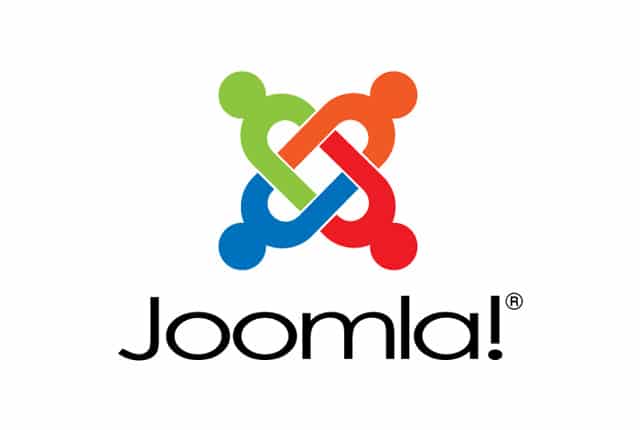
Joomla is one of the three most popular content management systems (CMS) on the web (the other two are Drupal and WordPress). It provides a ton of functionality right out of the gate, and can be used to run any type of site — from simple brochures, to blogs, e-commerce, informational or official sites (e.g., gov sites), and even social networks.
Cost: It’s free, aside from web hosting costs.
Basic features:
- Multilingual, offering more than 64 languages
- Integrated contextual help system
- Media manager for uploading and managing any type of media file
- Banner/adverts management
- Contact management for multiple contact details for your site
- Search management/advanced search feature
- Advanced categorization for nested content categories
- Both the live site and the admin panel have the option for front end editing
- Create and manage multiple menus
- Front-end and back-end templates available
- Large library of nearly 10,000 extensions
Pros:
- Joomla delivers great features in terms of advanced user management, user groups, and even contact management. WordPress provides only basic functionality in those departments.
- Joomla comes loaded with a host of in built features such as cache management, banner management etc. This is a welcome change from WordPress, where you need to install plugins for these features. With WordPress, you need plugins to get most of those.
- Joomla helps you manage your site’s languages more easily with its sound multilingual capabilities. Yet again, WordPress can only provide these options with plugins.
Cons:
- Joomla’s admin panel looks extremely technical and intimidating for the average user. WordPress’ admin panel is a lot easier to use.
- Joomla doesn’t have any library of themes or designs, something which WordPress has.
Although Joomla was once an extremely popular and influential website building platform, it’s no longer commonly considered to be an ideal solution for those new to the idea of operating their own website. In short: there are arguably now a range of considerably better solutions (see below) if all you are looking for is building a relatively simple business site.
2. Drupal
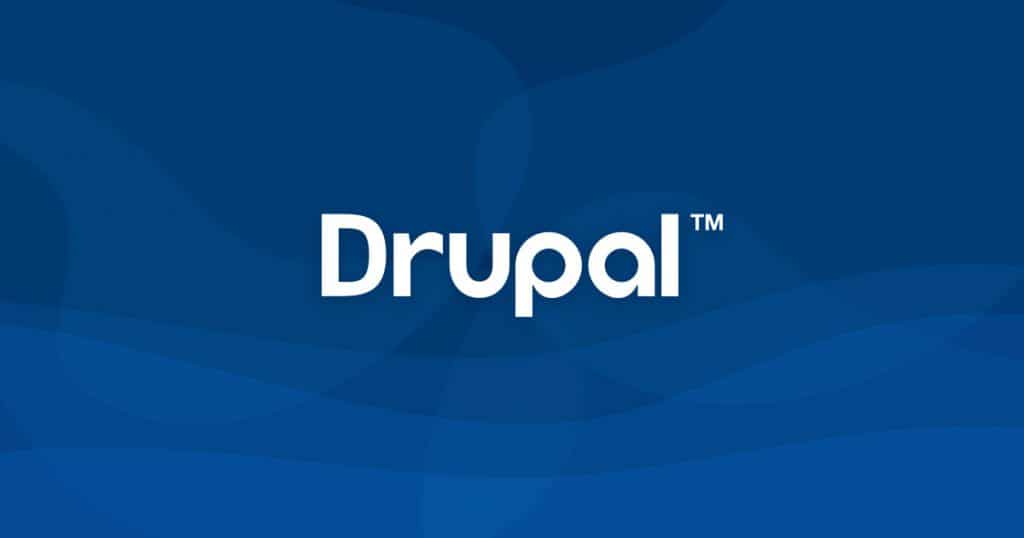
Drupal is the second among the Big Three of the most popular CMS available online. It’s perhaps the most technical and the most powerful of the trifecta and requires the most skill to unlock its full potential.
Cost: It’s free, aside from web hosting costs.
Basic features:
- Its advanced administration panel consists of five sections : Content, Appearance, People, Structure, and Configuration
- User and permission management
- You can run multiple sites using a single installation.
- Offers over 70 different languages.
- Advanced content management and control over your users’ rights to view, administer, and create content.
- Drupal lets you exercise complete control over your content’s presentation. You can customise themes, views and more.
Pros:
- While Drupal has more than 16,000 additional add-ons, that’s still only half of what’s available on WordPress.
- Drupal has a great multilingual capability. WordPress can only provide that with the help of plugins.
Cons:
- Drupal has a very limited number of themes, less than 600. WordPress provides thousands of themes.
- Drupal isn’t ideal for beginners. It has a slightly steep learning curve. If you want to build a good-looking site from start to finish, it will take a little time on Drupal. WordPress is a lot easier for beginners, with a gentler learning curve.
If you’re a beginner and have no prior experience building websites, you’ll almost certainly struggle to build a site with Drupal and get it to a level where it actually looks good, is usable, and is understandable to unskilled admin users.
3. Wix

Wix advertises itself as the perfect tool to create your stunning website for free. To make this possible, Wix delivers a step-by-step wizard-like environment where you’re taken by the hand through the whole process of building your site. The hosting solution of Wix also takes care of the housing needs of your site. This allows you to focus on creating the content and leaving the technical stuff to them.
Cost: Starts free but can go as high as $18.00/month.
Basic features:
- More than 500 pre-made designs to choose from
- Designs are optimized for mobile devices and tablets
- Build your site with drag-and-drop
- Functional editors for text content and images
- Blog module available
- Integrated social media features
- Extend your site’s functionality with Wix App Market extensions
- All sites come with a default subdomain (e.g. YOURSITE.wix.com), with custom domains (e.g. YOURSITE.com) for a price
- 24/7 support
Pros:
- Choose from hundreds of quality, optimized templates and designs. The quality part of WordPress sometimes lacks consistency.
- Drag and drop editors can help you customize your site’s appearance. In WordPress, you can only access such features through plugins.
Cons:
- Since your site is hosted with Wix (most often on a subdomain), you don’t really have full control over the site. In theory, Wix can take it down at any moment if they find it non-compliant with the terms of service. With self-hosted WordPress, you’ve got sole control.
Although providing a nice selection of designs and giving you access to the Wix App Market, this still isn’t a solution that lets you introduce any wider changes to the site’s main functionality. If you are looking for a website that grows along with your business in the long run, Wix might not be the ideal tool for you.
4. Squarespace
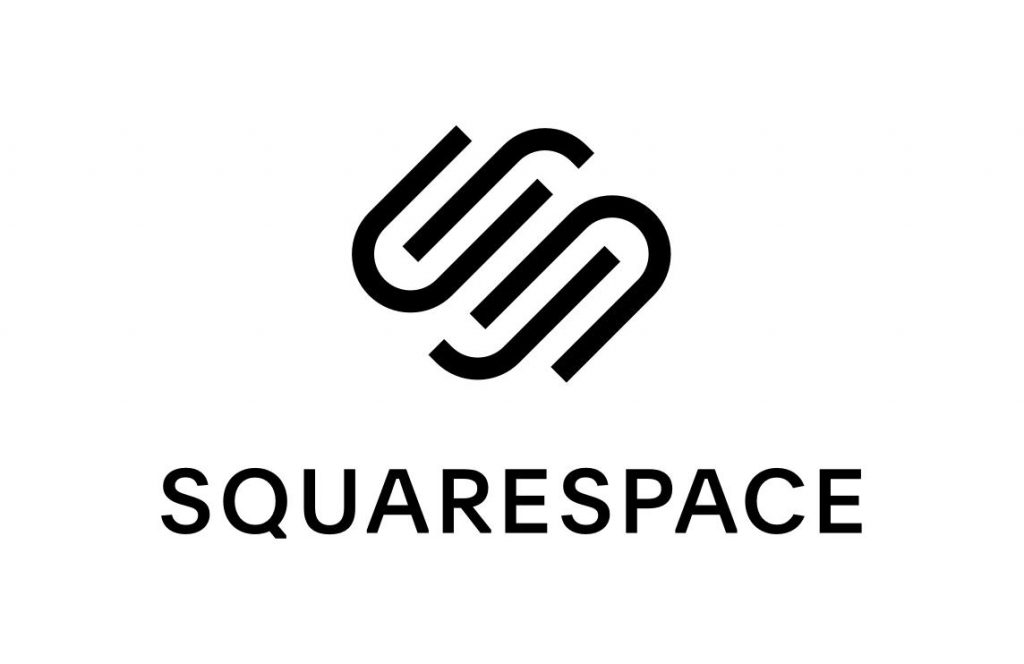
Squarespace is a wonderful website builder. Whether you want to build a travel blog, a design portfolio or an e-commerce website, Squarespace has got you covered. While Squarespace isn’t free, you can avail the free trials to see how the product is. Squarespace also serves as the host for your website and maintains the software that runs it, allowing you to focus solely on content creation.
Cost: $8-$24/month, free trials available.
Basic features:
- Nice range of modern-looking website templates
- Can use multiple templates on a single site
- Designs are optimized for mobile devices and tablets
- Customizable own CSS styling
- Integrated image editor via Aviary
- Social media integration
- Modules for blogging, e-commerce, and portfolios
- All sites come with a default subdomain (e.g. YOURSITE.squarespace.com), with custom domains (e.g. YOURSITE.com) for a price
- 24/7 support
Pros:
- Squarespace comes with some wonderfully made designs that have been pre-optimized for different professions and purposes. While using WordPress, finding the right theme for your website’s purpose can sometimes be a lengthy and arduous process.
- Squarespace’s site builder is extremely easy to use and it takes you through the entire process of site building with ease. Building a website on WordPress usually takes a lot longer.
Cons:
- Like it is with other solutions of the sme type, if Squarespace hosts your site on its own subdomain, you won’t be able to enjoy complete control over your website. In case your content doesn’t meet Squarespace’s guidelines, it can take it down. However, if you use self hosted WordPress, you will enjoy complete control.
If you don’t have a designing bone in your body, you will find it difficult to make your Squarespace site look aesthetically appealing. While Squarespace does offer a nice range of features from the start, you can’t do anything if there is a missing feature (a place where WordPress and its plugins really score very well). So similar to Wix, a Squarespace site might not be ideal for you if you want it to grow along with your business.
5. Weebly
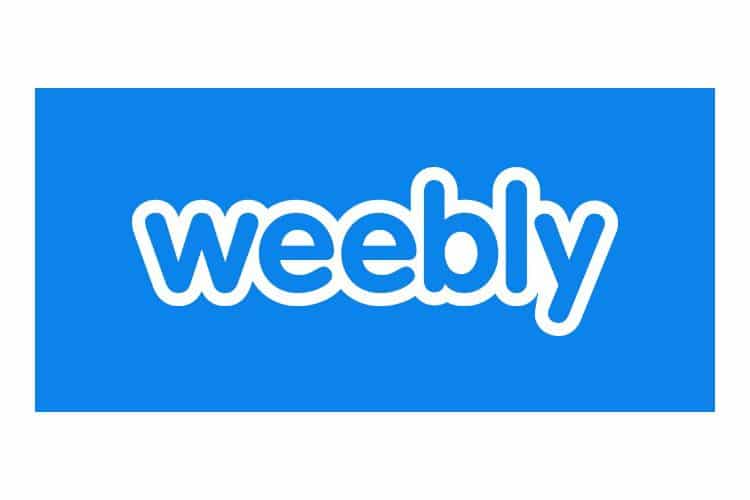
As the Weebly team states, the idea behind the platform is to make website creation available for everyone, not just programmers. Weebly is definitely one of the best and easiest-to-use website builders out in the market today. It delivers great tools for creating straightforward sites that serve specific purposes. Weebly is another hosted solution, which means that it takes care of housing your site and all the technical details related to it.
Cost: Starts free but can go as high as $25/month.
Basic features:
- Offers 8 categories of 100+ pre-made designs
- Designs are optimized for mobile devices and tablets
- Drag-and-drop content builder
- Social media integration
- e-commerce, and blogging modules
- All sites come with a default subdomain (e.g. YOURSITE.weebly.com), with custom domains (e.g. YOURSITE.com) for a price
Pros:
- The drag-and-drop site-builder is both intuitive and user-friendly. Such a feature can only be utilized on WordPress after installing a plugin.
- It’s optimized for building single-purpose sites like resumes, portfolios, or online business cards. Whenever you use WordPress on the other hand, you are forced to install the software in its entirety, leaving you with a host of superfluous features that you will never use.
Cons:
- If you’re a free plan user, you can build a maximum of five pages for your website. WordPress has no such limit.
- Similar to other solutions discovered above, if Weebly hosts your site on its own subdomain, you won’t have complete control over it. Self hosted WordPress sites don’t have such problems.
Weebly is probably not the best solution out there if your website is meant to serve more than a single purpose (like being more than just a resume site, or just a portfolio).
6. Webflow
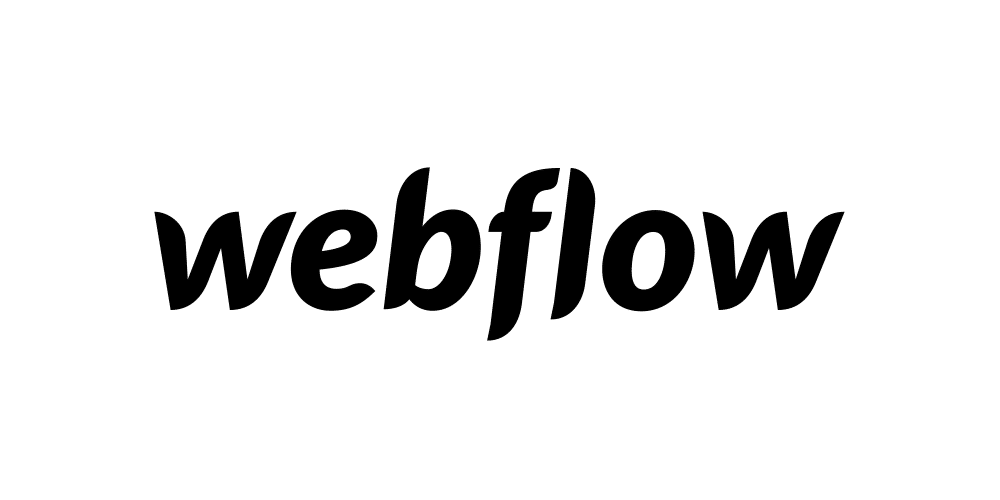
Webflow claims to have “everything you need to build a world class responsive website.” The company’s goal is to “make building a website as easy as making a document today”. As per Webflow, “the only thing better than the internet is the internet we can all create for.”
Webflow’s style sits somewhere between the traditional and the modern. While it is a traditional website builder, it does have certain WordPress type customization features.
Cost: Prices start from $12/month and can go on to $212/month.
Basic features:
- Parallax scrolling, animations and interactions
- Backups and security
- Advanced SEO controls
- Multiple payment options
- Automatic tax calculator
- Facebook and Instagram integration
Pros:
- Webflow provides an excellent variety of design customization, without any extensive coding knowledge requirements.
- Webflow’s extensive range of templates makes it suitable for ecommerce and other dynamic content.
Cons:
- Compared to Wix and Squarespace, Webflow is a very difficult website builder to use.
- Webflow lacks a live chat or phone support service.
- Expensive.
Webflow is perfect for you if you are a web designer who wants to build websites for clients using a platform which doesn’t require coding knowledge. If you have used builders like Wix or Weebly before, you will definitely appreciate the control that you have over the look and feel of your site with Webflow. However, because of its complex nature, Webflow is not suitable for beginners. If you want easy-to-use, intuitive builders, try Wix or Squarespace.


